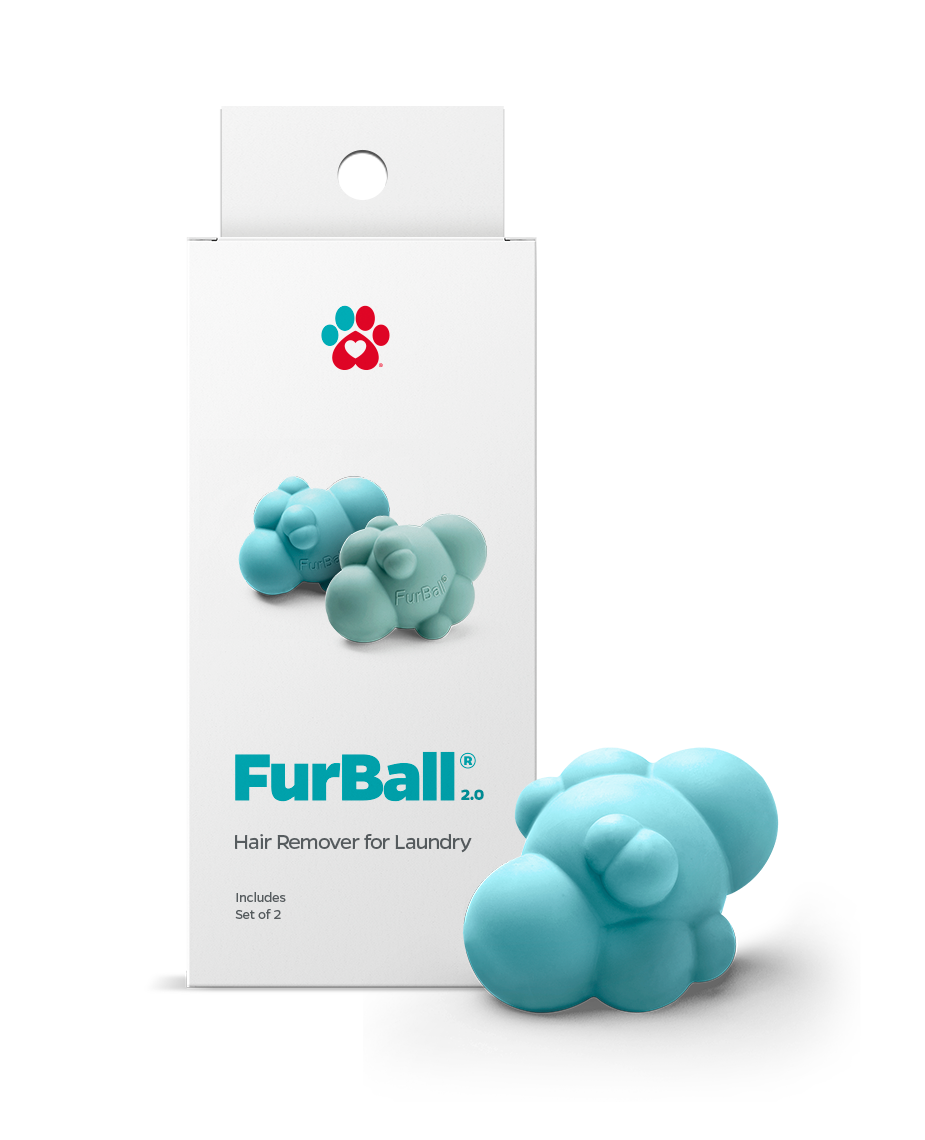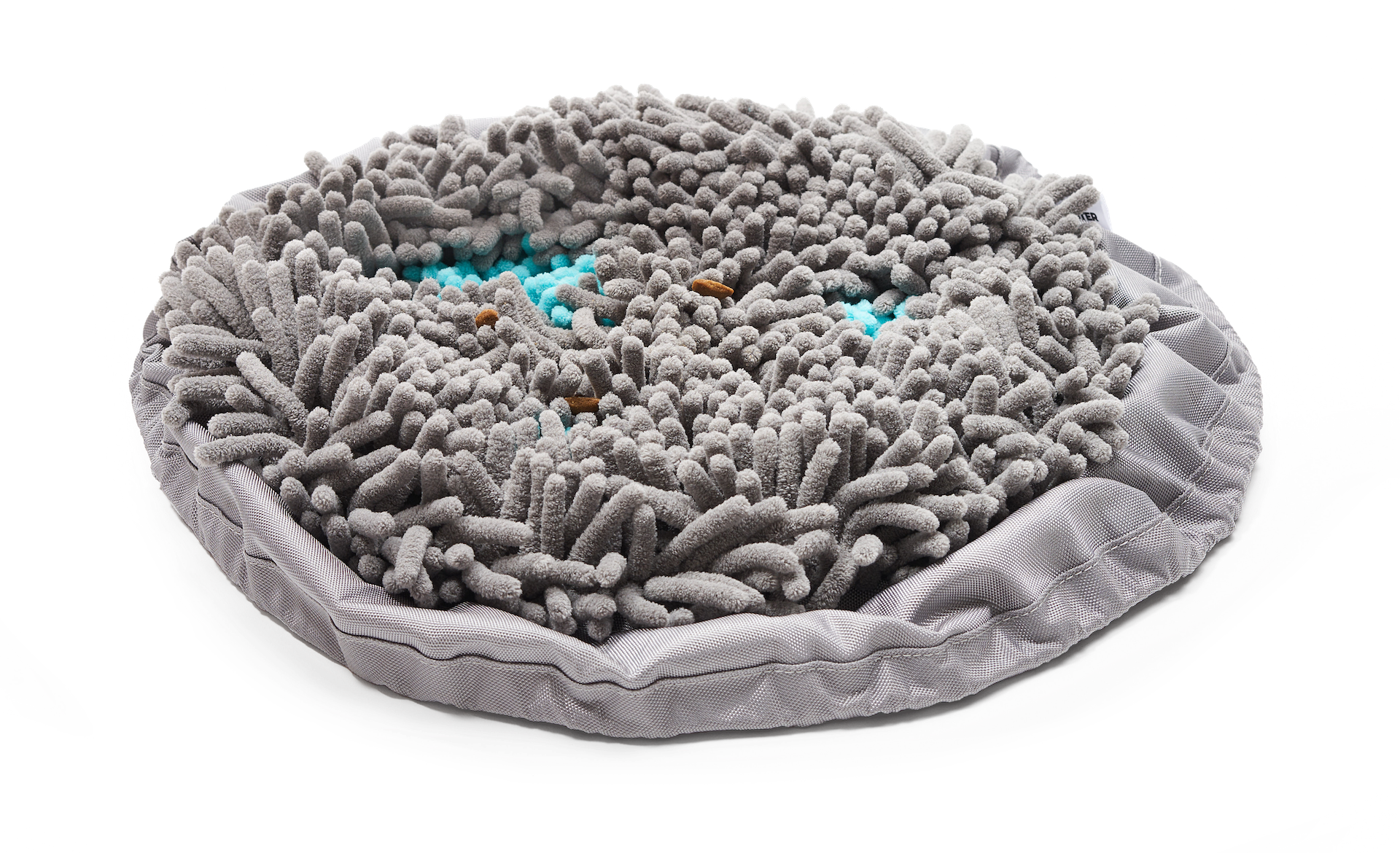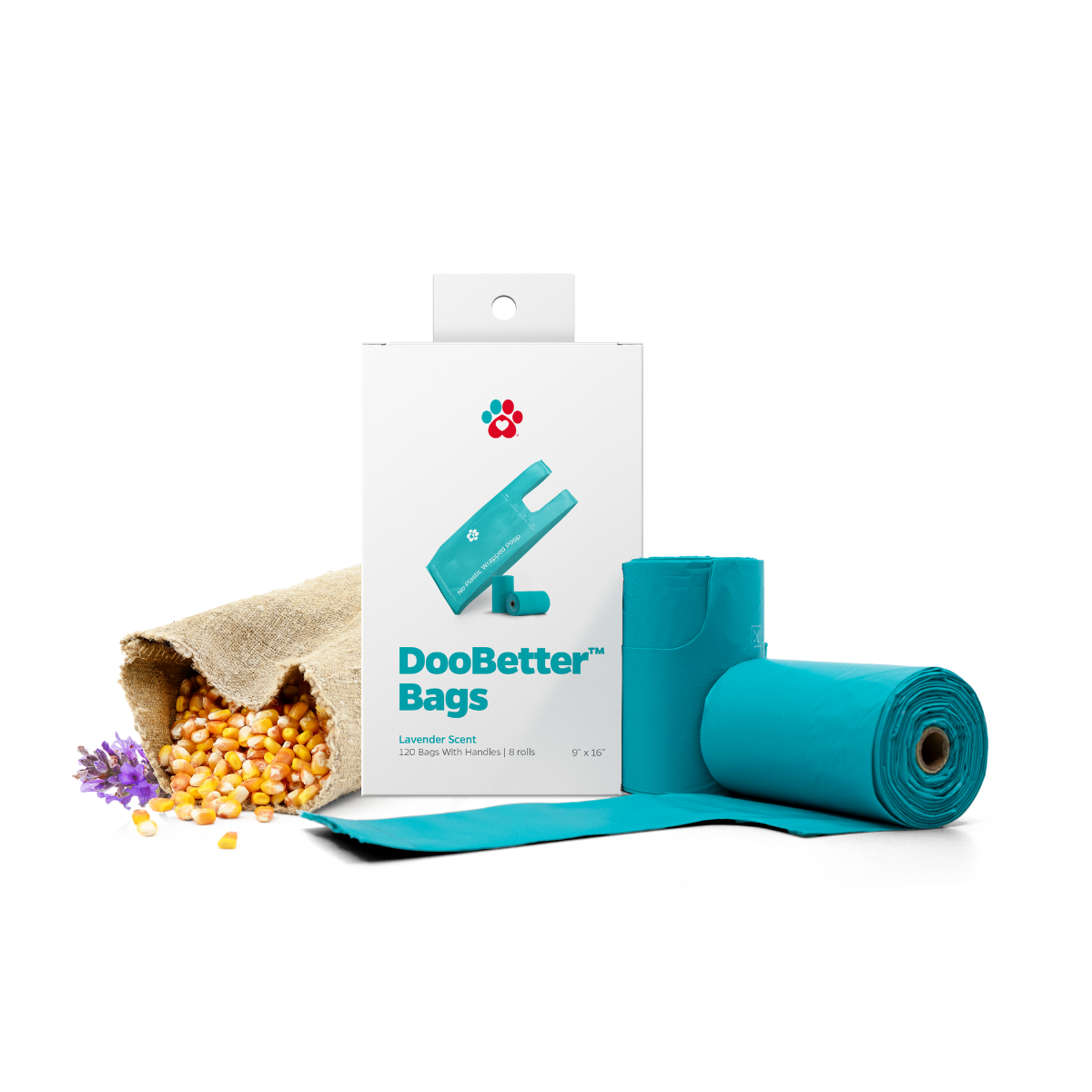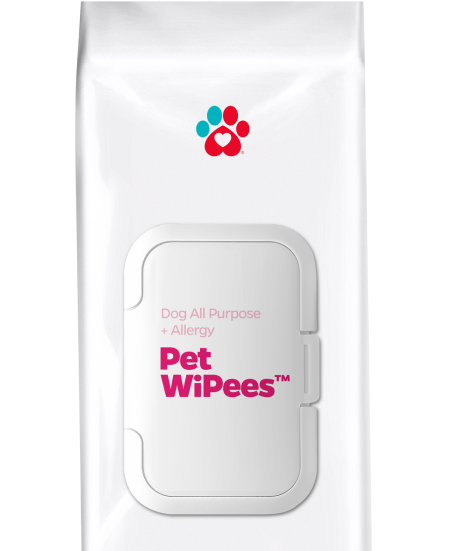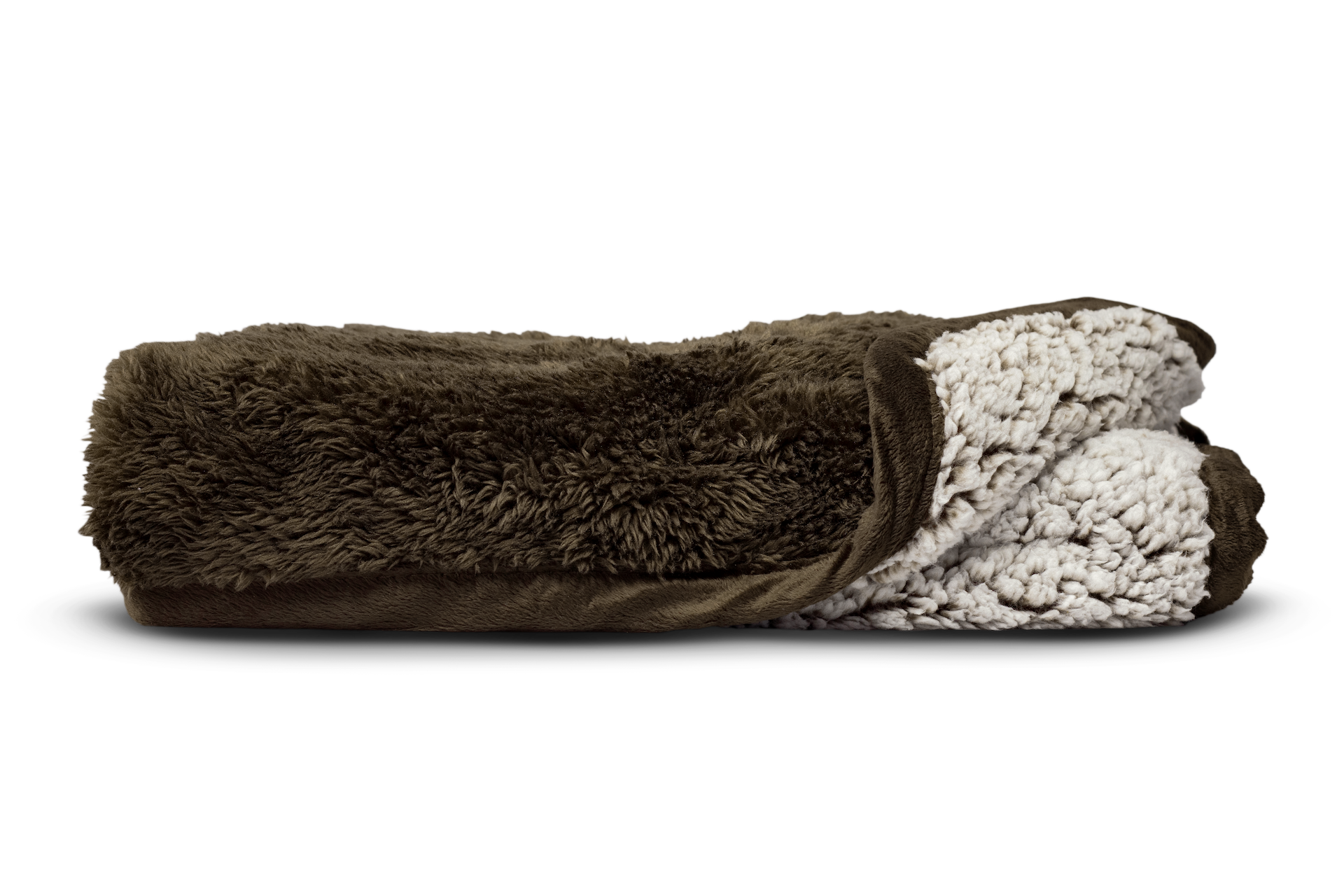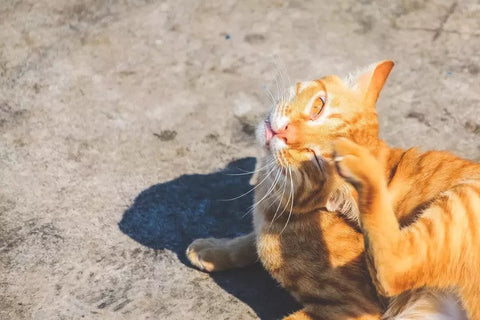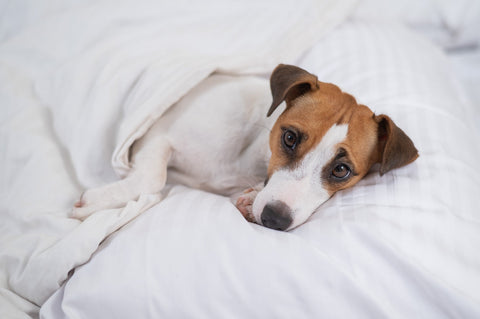Getting rid of dog fleas can be a headache. Fleas are parasites that infest your dog and cause some unpleasant and life-threatening diseases, like anemia and ehrlichiosis. Additionally, most dogs develop an allergic reaction to flea bites, leading to itchiness, redness, flaky skin, hot spots, scabs, and hair loss.
According to the Centers for Disease Control and Prevention, animals are the main preference of fleas but will resort to people when an animal host is unavailable.
If you and your dog are both scratching your heads thinking about how you can get rid of these fleas, we got you! In this article, we’ll share the flea life cycle stages, how to get rid of fleas on dogs, treatments that you can do at home, and ways to prevent fleas on dogs.
"The first step in treating fleas on dogs is to understand the life cycle of a flea."
The Flea Life Cycle
The first step in treating fleas on dogs is to understand the life cycle of a flea. It is essential to getting rid of dog fleas and keep them away. Fleas go through 4 life cycle stages:
Flea Eggs
The first stage in the flea life cycle is the egg. Flea eggs on dogs are laid by adult fleas on your pet’s coat and are dislodged or spread through your dog’s shaking, scratching, or even when they are just resting. So any place in your house where your dog goes, the flea eggs on dogs do, too. These eggs then develop into larvae within 1 to 6 days.
Larvae
During this life cycle stage of a flea, they look like small maggots, roughly about 2 mm in length. Their appearance is almost see-through but will eventually turn darker and grows up to 5 mm when they have fully developed. Larvae usually develop in dark places, like between floorboards and carpets, since they are very sensitive to light.
During this stage, larvae feed on the blood-rich poop of adult fleas and other animal waste. They will stop feeding as soon as they reach the third life cycle stage (pupa). The larvae to pupae stage take about 5 to 11 days, considering there is proper temperature, humidity, and food supply.
Pupae
In this stage, the then larvae turn into cocoons or pupae that are sticky and easily attract dust and dirt—a perfect camouflage! But even if you managed to notice these pupal cocoons, flea sprays won’t be of any help. These cocoons need to develop first into adult fleas before any flea spray can take effect. Pupae can survive 6 to 12 months when undisturbed. However, it can take only 8 to 12 days with vibration, warmth, exhaled carbon dioxide from your furbaby or from you for a pupa to turn into an adult flea.
Adult Fleas
Adult fleas look brown-black in colors and can be seen by the naked eye. They produce flea dirt on dogs that is also visible. Fleas can’t fly but can easily jump on unsuspected hosts. Before sucking blood, they first pump saliva in your furbaby’s skin so the blood won’t clot. It is the proteins found in flea saliva that your dog reacts to. Just 24 hours after their first meal, the female adult flea begins to lay eggs, and the cycle is repeated.
According to the American Kennel Club, it’s a must to know about a flea’s life cycle to know which different flea preventions and treatments work in different flea life cycle stages, as they all work differently.

Fleas on Dogs Treatment and Prevention
Though it is the adult fleas most pet parents are worried about, surprisingly, in flea infestations, adult fleas on your dog are only 5%. The other 95% is in your home environment as eggs, larvae, and pupae. So prevention and treatment are not only for your dog but should be both for “dog” and “environment”. If you find fleas or flea dirt on dogs, treatment is absolutely necessary. Regular grooming is ideal to catch issues early.
How to Get Rid of Fleas on Dogs
There are a lot of flea and tick prevention and treatment methods available that range from killing fleas that come in contact with your dog and preventing your dog from being able to bring them home in the first place. Some of the fleas on dogs treatment and prevention methods include:
- Manual removal with a flea comb
- Anti-flea chewables
- Over-the-counter spot-on flea medication
- Anti-flea topical solutions
- Flea collars
- Flea shampoos (with approval from your vet)
- Keeping your lawn well-trimmed since fleas love staying on the ground, on bushes, grasses, and shrubs
Talk to Your Veterinarian
Talk to your vet about the safest and most appropriate method for getting rid of dog fleas. They will equip you with more knowledge on how you can effectively kill and get rid of these blood-sucking parasites. They will be able to advise treatment based on the age and condition of your dog as well as the severity of the infestation.
Determine Where Your Dog Got Fleas
If you notice that your dog has fleas, try to determine where they got them. They could be from a flea-infested animal, from a stray cat or dog, from your neighbor's pet cat or dog, or eggs in your yard. Your dog could also have gotten them in a public setting with flea eggs. Generally, dogs acquire fleas through what they come in contact with—through other dogs, other animals, or through the environment.
Where to check your dog for fleas:
- In and around the ears
- Around the eyelids
- Under the collar
- Under the front legs
- Around the tail
- Between the back legs
- Between the toes
Aside from adult fleas, keep an eye out for flea dirt on dogs. This is droppings from adult fleas that resembles black pepper specks or coffee grounds. If you see flea dirt on dogs, this is a clear indication that fleas are hiding.

How to Get Fleas Out of Your House
If a flea infestation has already begun, removal from your home can be a challenge. It will require patience, time, and knowledge. You can’t just squeeze a flea to death since according to Modern Dog Magazine, they have a tough exoskeleton that makes them hard to kill. What you can do is interrupt the flea life cycle to prevent new fleas from breeding. It can take time for all fleas to go through all their life stages, so it is not uncommon for it to take 3 to 4 months to get rid of an infestation.
Here are some steps you can do to get rid of fleas in your home:
- Wash and disinfect in hot water all of your dog’s supplies and belongings. Use machine washable fabrics for your dogs bedding or seat covers like Pawtect® Pads and Pawtect® Blankets. Repeat washing in hot water daily if possible until the infestation is completely gone.
- Wash and disinfect in hot water your bedding, carpets, bath mats, rugs, cushions, and items in your house. Pay extra attention to items your dog tends to spend time around, but keep in mind fleas may move a bit as well.
- Vacuum all your carpets, linoleum mats, hardwood floors, tiled floors, curtains, car seats, and upholstered furniture daily. Then immediately throw away the vacuum bag in the trash, seal it, and take it outside.
- You may opt to call your local exterminator for an environmental flea control spray or fogger that will treat all fleas in whatever life stage they may be. But keep in mind, you will likely have to vacate your home for a number of hours or days while this happens.
- Limit your dog’s access to a specific area of your home (without carpeting ideally) while the infestation is still there. This is to prevent them from making more contact with different places and furniture at home.
Getting rid of dog fleas is hard work but there are ways you can do to prevent and put a stop to an infestation. Learn the flea life cycle stages and use regular prevention for your dog. Consult your vet to learn the best ways to help prevent your dog from getting fleas. And follow these tips for how to get rid of fleas on dogs if you are currently experiencing an infestation.
